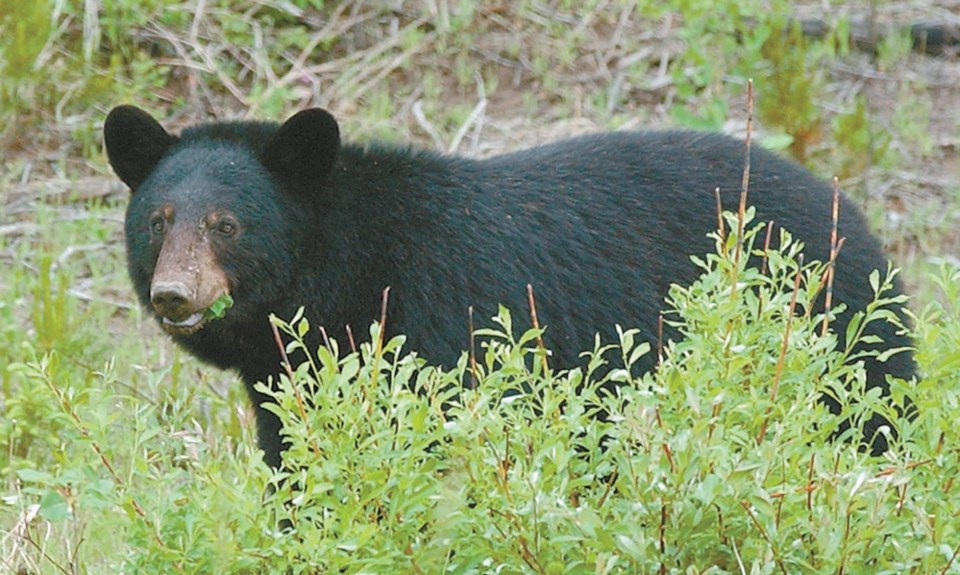Both the Conservation Officer Service and Northern Bear Awareness are emphasizing a need to keep garbage out of reach as bears start to emerge from a long winter's sleep.
"They're hungry and searching for food," deputy chief conservation officer Chris Doyle said Thursday during a teleconference with media. "The Conservation Officer Service is already receiving complaints of bears in conflict and insecure garbage continues to be a strong attractant for bears. So we're reminding residents and businesses to do their part by containing garbage and other attractants in bear-proof containers or buildings."
It's an offence under the province's Wildlife Act to negligently store items that may attract dangerous wildlife, Doyle added.
Northern Bear Awareness Society president Dave Bakker said there have been only a handful of sightings in the last month or so, "but we're in the beginning stages of them getting out and about."
Bakker stressed getting ahead of the game by starting to store garbage in a garage or shed where bears can't get at it. Likewise, he suggested bird feeders be taken down or put in areas where they can't be reached and to clean up the area below them.
"Bears are very intelligent, they don't forget, and if you had a bear visiting your particular area last year, chances are that bear is going to come back because it remembered where a food source was," Bakker said. "They don't entirely rely in their sense of smell, it's also 'hey, I remember where that was.'"
A single homeowner's failure to take the proper steps means inviting a bear not just into a yard but into an entire block, Bakker said.
"If there's one garbage can that's left out and all the others are secured in a shed or whatnot, that bear is going to visit the whole neighbourhood because it's found food in one area and it says 'well, I'm going to check here, check there, type of thing,'" Bakker said.
Bakker is hopeful the abundance of natural food bears enjoyed last year will continue this year, which should also help keep them away from the city's homes.
Doyle also raised the problem of so-called "bear jams," caused when motorists slow down or stop to watch the bears as they feed along highways, where vegetation will often green up sooner than in other places.
"These bear jams create hazards for other motorists as well as the bears," Doyle said. "Bears are often approached or fed and they also, at times, dart out into traffic and at times get struck by motor vehicles."
Doyle asked drivers to refrain from stopping to view the animals, "and of course, to never approach or feed a bear."



